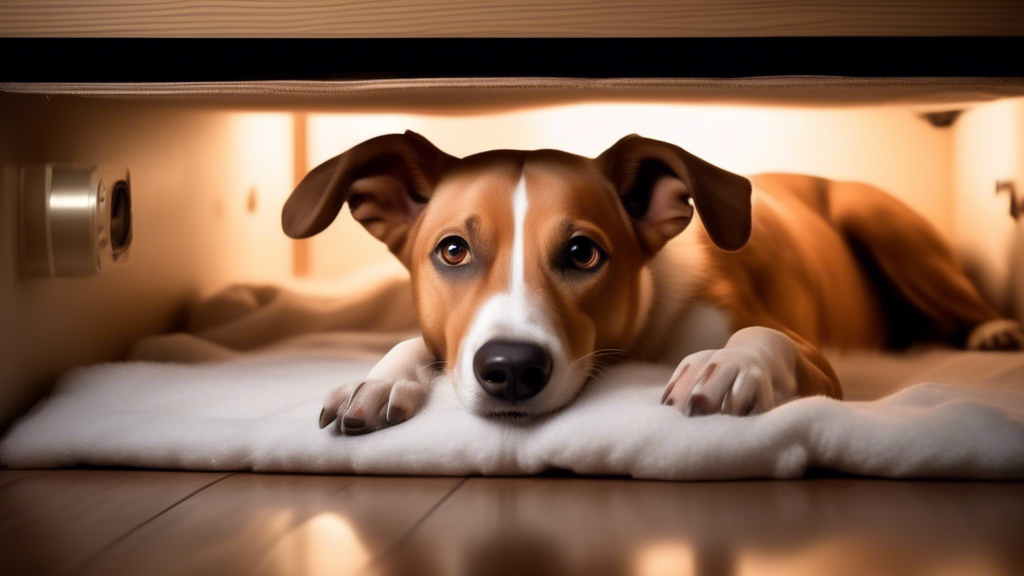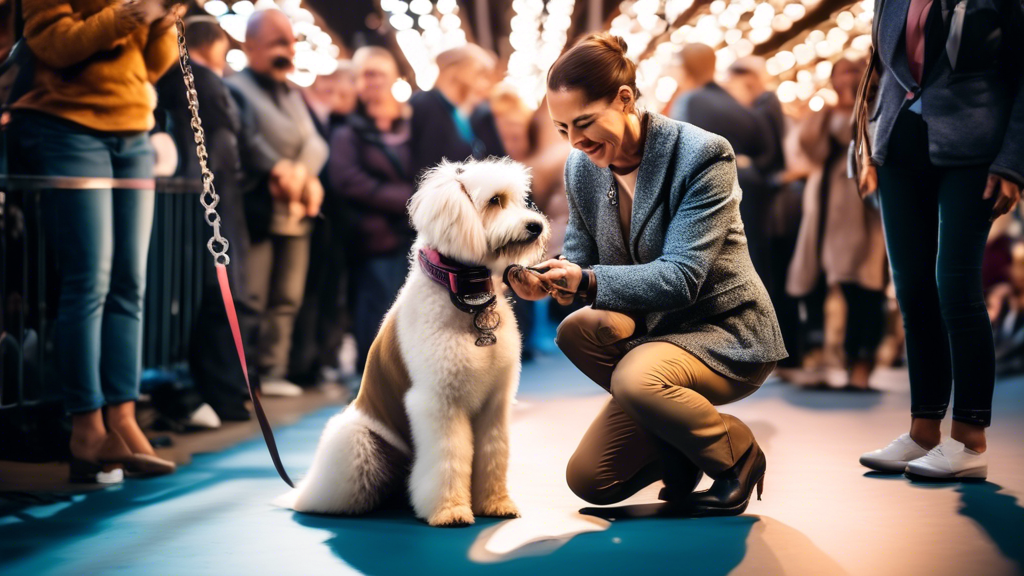**
****
**
How to Calm a Dog During a Storm
**
Storms can be terrifying for dogs, causing anxiety and distress due to loud noises, changes in barometric pressure, and displacement. Recognizing the behavioral symptoms of canine anxiety is crucial, including excessive panting, drooling, trembling, and pacing.
To effectively calm your dog during a storm, consider these proven techniques:
– **Create a Safe and Comfortable Space:** Provide a den-like area with blankets and pillows. Use white noise machines or calming music to mask outdoor sounds.
– **Physical Calming Measures:** Engage in gentle petting, massage, or apply a thunder jacket for a comforting effect.
– **Cognitive Distraction:** Offer treats, toys, or engage in play to divert your dog’s attention away from the storm.
– **Medication:** In severe cases, consult a veterinarian about anti-anxiety medications to help manage your dog’s stress.
## Understanding Canine Anxiety During Storms
Dogs are sensitive creatures that can experience significant anxiety during storms. Several factors contribute to their fearfulness, including:
### Loud Noises:
Thunderstorms produce loud, unpredictable noises that can startle and frighten dogs. These noises may mimic the sound of gunfire or other traumatic experiences, triggering a fear response.
### Changes in Barometric Pressure:
Before and during storms, there can be significant changes in barometric pressure. Dogs have sensitive inner ears that can detect these changes, causing discomfort and anxiety.
### Displacement:
Storms can disrupt a dog’s routine and cause them to feel displaced. They may become anxious if they are moved to a different location or if their favorite hiding spot becomes inaccessible due to the storm.
Behavioral Symptoms of Anxiety:
Recognizing the behavioral symptoms of anxiety is crucial to understanding and calming your dog during a storm. Common signs include:
* Pacing
* Panting
* Drooling
* Trembling
* Seeking attention or hiding
* Destructive behavior
* Salivating
The #1 Free Source for Pitbull & Bully Pedigrees!

## Effective Soothing Techniques
**Creating a Safe and Comfortable Space:**
* Designate a specific area in the home as a safe haven for your dog during storms, such as a crate, closet, or under a bed.
* Make this space cozy with soft blankets, pillows, or a dog bed.
* Block out external noises by closing curtains or using white noise machines or fans.
**Physical Calming Measures:**
* Engage in gentle petting or massage to provide comfort and warmth.
* Consider using a thunder jacket, which applies gentle pressure to create a calming effect.
* If possible, hold your dog close for reassurance and support.
**Cognitive Distraction:**
* Offer high-value treats or toys to redirect your dog’s attention away from the storm.
* Engage in interactive play, such as fetch or hide-and-seek, to distract them from their anxiety.
* Use training exercises, such as sit, stay, or come, to provide mental stimulation and focus.
**Medication:**
In severe cases, your veterinarian may recommend anti-anxiety medications. These medications can help reduce your dog’s anxiety levels and promote relaxation. However, it’s important to consult with your veterinarian before administering any medications to your pet.
**Additional Tips:**
* Stay calm and reassuring yourself, as dogs can sense your emotions.
* Avoid punishing or scolding your dog for exhibiting anxious behavior, as this will only worsen their anxiety.
* Consider using pheromone diffusers or sprays, which release calming scents that can help soothe your dog.
* Make sure your dog has access to water and their favorite treats throughout the storm.
* If possible, consider taking your dog for a walk before the storm starts to release pent-up energy and anxiety.
**Conclusion**
Effectively calming a dog during a storm requires a multifaceted approach that addresses both their emotional and physical needs. By creating a safe and soothing environment, employing gentle physical calming techniques, providing cognitive distraction, and seeking professional help when necessary, you can mitigate your dog’s anxiety and create a sense of comfort and security during these stressful events. Remember that every dog responds differently to storms, so it is important to experiment with different techniques to find what works best for your furry companion. It is also crucial to remain patient and supportive throughout the process, ensuring that your dog feels loved and protected during these challenging times.













Leave A Comment